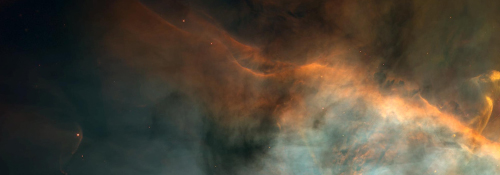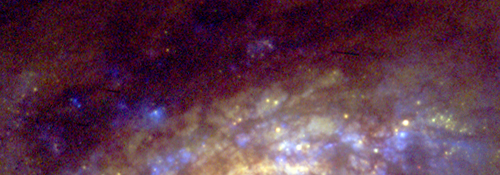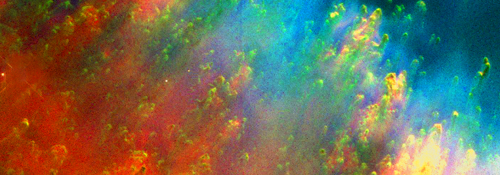JWST for Scientists
The James Webb Space Telescope (JWST), NASA's next flagship infrared observatory, developed in partnership with ESA and CSA, successfully launched on December 25, 2021. After deploying in space and alignment and calibration of the mirrors and instruments, JWST began science operations in July 2022.
Accessible to the worldwide scientific community, JWST offers scientists the opportunity to observe galaxy evolution, the formation of stars and planets, exoplanetary systems, and our own solar system, in ways never before possible. This website offers scientists information on proposing for time on JWST as well as the capabilities of the observatory's instruments and modes, data analysis tools and software, and news and events.
JWST Observer News
JWST Press Releases
View all JWST Press Releases on WebbTelescope.org
Resources
JWST Events
Pre-footer
Subscribe to the JWST Observer News Mailing List
Get the latest news delivered directly to your inbox.

The NASA James Webb Space Telescope, developed in partnership with ESA and CSA, is operated by AURA’s Space Telescope Science Institute.









